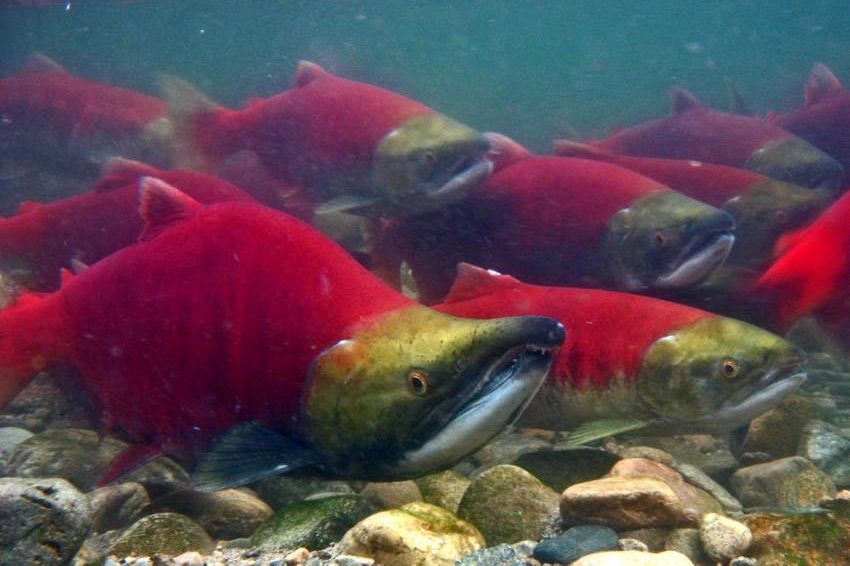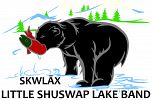
Tsqwlentém t̓e Ck̓uĺtens
Calling the Salmon Home
In the last 20 years the stocks have declined dramatically, causing concern for the Secwepemc people.
Wild salmon are facing multiple threats including: reduced stream flow, increased water extraction, climate change, pollution, logging, invasive species, urbanization, fish farms, dams, and genetic manipulation (David Suzuki Foundation, 2006). Recent threats of expanding pipelines, pose a threat to our waterways and have the potential to affect salmon directly and indirectly. Impacts include gill damage and smothering, reduced feeding, habitat loss/damage, food chain and ecosystem toxicity (Raincoast Conservation Foundation, n.d.).
The sockeye are known as tenacious fighters who are able to fight their way upstream to get to their spawning beds. Unfortunately, they may not be able to withstand any more pressures of this modern age.

Secwepemc people have lived in South-Central B.C. for thousands of years. The traditional territory of the Secwepemc is called the Secwepemculecw. It covers over 180,000 square kilometers, from the Columbia River valley along the Rocky Mountains, west to the Fraser River, and south to the Arrow Lakes in the Kootenays. The Secwepemc territory once included 30 bands with only 17 remaining today.
Bands were united by their common language, Secwepmectsin, and their shared values centered on k̓wseltktnews. To learn more about the Secwepemc language, visit www.chiefatahm.com.
Secwepemc Fishing
secwepemc.sd73.bc.ca/sec_village/sec_fish.html
Credits
Grand Chief Felix Arnouse, Elders James August and Ralph Mc Bryan
Little Shuswap Lake Band
Michel, K.
Matthew, M. & Morrison, D. (2017). Wild Salmon Caravan. See wildsalmoncaravan.ca








